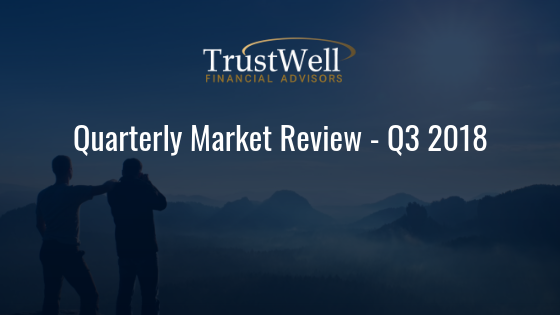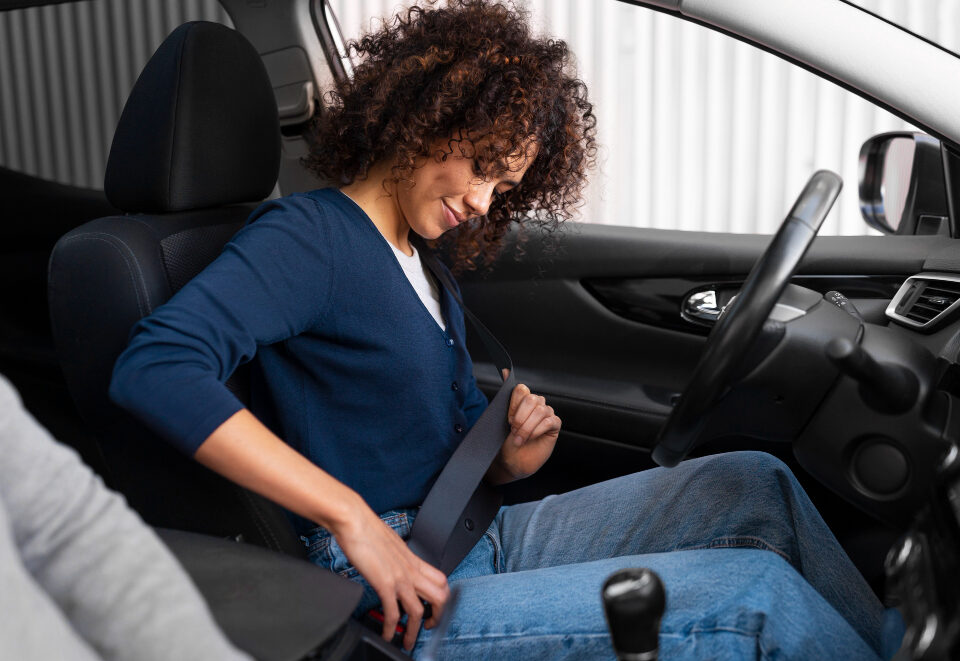
Our 5 Core Planning Principles
August 1, 2018
TrustWell’s Quarterly Market Review: Q3 2018
October 1, 2018By Chris Daunhauer
Since 2007 I’ve been a semi-serious hiker. Usually for a 5 to 7 days at a time and usually on the Appalachian Trail. The “AT” is a remote footpath that meanders unbroken from North Georgia all the way to Central Maine. It’s 2,100+ miles of steep climbs and sharp descents, long stretches without water or resupply, and seemingly billions of rocks to step on or over. It’s also beautiful mountain views, pleasant company, and great exercise. I find the weeks I spend on the trail to be physically demanding, mentally challenging, and oddly instructive.
Over the years I have made a list of parallels between long distance hiking and successful investment management.
One of them is the value of a periodic pause to check the map. Not to second guess myself, but to see how my personal pace, my pack weight, the terrain, etc. are impacting my progress toward my ultimate destination.
I try to do these “map checks” from a high vantage with a nice view, after a tasty snack and some cool water, with no other hikers around, and while I am resting in the shade. Without these periodic progress checks, it’s easy to become discouraged (often for no reason) by what seems to be pitifully slow progress. This is especially true when I let myself compare my walking speed or my miles per day with those of younger or more fit hikers. I hike alone a lot, because I am slow and cautious.
Depending on the results of these periodic “map checks” I sometimes have to push myself to walk a little faster than I prefer in order to get where I want to camp that night. But I try to NEVER walk faster only because others are.
I have to frequently remind myself of something AT hikers say to each other often – “Hike your own hike!”
It’s an admonishment, really, to stop and smell the roses. Individually. To think about why I’m out there. And to make sure that my daily activity matches my personal goals (vs somebody else’s goals). Not all of us hikers need to get all the way to Maine before the winter snows. Some are just out for a few days or a week to clear our heads. Some like to walk fast and others to walk slow. Some in solitude, others with a companion or in groups. Some prefer to sleep on the ground in a tent every night, others to hitch rides into towns at every opportunity and sleep in a hotel bed.
In other words, I don’t have to follow some universally accepted “method” for hiking the AT or cover some prescribed number of miles each day AS LONG AS I eventually get where I want to be and as long as I do so WITHOUT taking undue risks, falling off a ledge, getting badly hurt, or dying from hypothermia! I don’t have to keep up with anyone, I just have to walk fast enough to reach my chosen destination.
In some ways, portfolio management is similar. Some investors are more cautious than others. Some have already accumulated enough capital to meet future needs and don’t need to keep investing so aggressively. Others have not and so they NEED a higher average return to reach their goals. Some cannot endure the volatility that high exposure to some asset classes brings. Some feel compelled to stay aggressive long past the point they need to. Others have preservation and peace of mind (rather than maximum growth) as their chief aim.
It’s easy (tempting, even) to get distracted by the constant noise of the financial press, the minutia of reports from Fund ABC and ETF XYZ, and tales from friends about how well other portfolios are performing. And thereby get discouraged. To feel left behind, or missing out. To take on more risk than they need to take.
———————-
My younger brother was an experienced hiker long before I was. It was through his encouragement that I attempted a long hike for the first time in May of 2007. Together we walked about 75 miles over six days in Central Virginia. He was a great guide. He knew what I should carry and what I should leave behind, how to sleep warm in the wilderness, how to protect my food from bears, and how to keep making progress even in bad weather.
Best of all, he taught me to hike my own hike — by setting reasonable goals and covering miles at a safe, enjoyable, and sustainable pace. To do frequent map checks. And to not feel discouraged when younger, faster, and more daring hikers pass me on the trail. He taught me to walk only as fast as I needed to, and to enjoy my hike!




